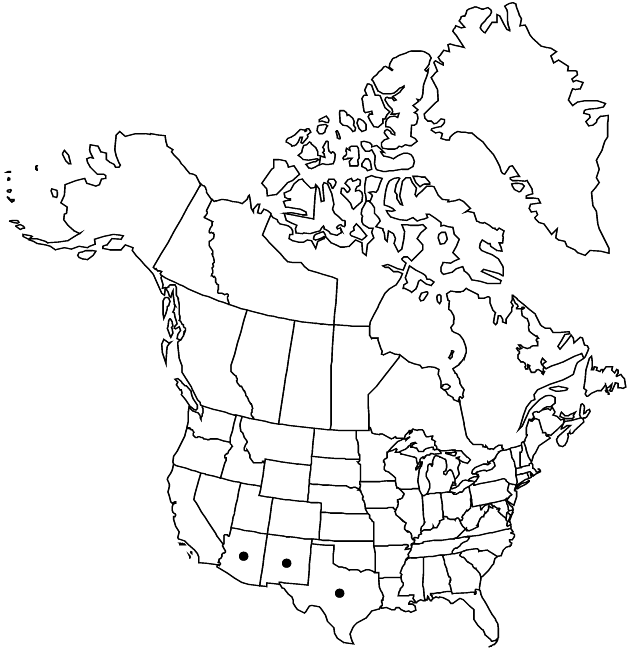Difference between revisions of "Hieracium carneum"
Bot. Gaz. 6: 184. 1881.
FNA>Volume Importer |
imported>Volume Importer |
||
| (3 intermediate revisions by 2 users not shown) | |||
| Line 31: | Line 31: | ||
-->{{#Taxon: | -->{{#Taxon: | ||
name=Hieracium carneum | name=Hieracium carneum | ||
| − | |||
|authority=Greene | |authority=Greene | ||
|rank=species | |rank=species | ||
| Line 46: | Line 45: | ||
|publication year=1881 | |publication year=1881 | ||
|special status= | |special status= | ||
| − | |source xml=https:// | + | |source xml=https://bitbucket.org/aafc-mbb/fna-data-curation/src/2e0870ddd59836b60bcf96646a41e87ea5a5943a/coarse_grained_fna_xml/V19-20-21/V19_399.xml |
|tribe=Asteraceae tribe Cichorieae | |tribe=Asteraceae tribe Cichorieae | ||
|genus=Hieracium | |genus=Hieracium | ||
Latest revision as of 20:51, 5 November 2020
Plants 30–60 cm (herbage sometimes glaucous). Stems proximally glabrous or piloso-hirsute (hairs 6–10+ mm), distally glabrous. Leaves: basal (0–)3–5, cauline 4–8+; blades oblanceolate to lanceolate or linear, 40–80(–120) × 5–10(–20) mm, lengths 2.5–8+ times widths, bases cuneate to truncate, margins entire, apices rounded to acute, faces glabrous or piloso-hirsute (hairs 3–6+ mm). Heads 6–25+ in ± corymbiform to paniculiform arrays. Peduncles usually glabrous, sometimes stellate-pubescent and/or stipitate-glandular. Calyculi: bractlets 8–13. Involucres campanulate, 7–10 mm. Phyllaries 13–16+, apices ± rounded, abaxial faces usually glabrous, sometimes stellate-pubescent and/or stipitate-glandular. Florets ca. 20; corollas whitish to pinkish, ca. 8 mm. Cypselae weakly urceolate, 3–4.5 mm; pappi of 50–60+, white or stramineous bristles in 2+ series, 4–5+ mm.
Phenology: Flowering Jul.
Habitat: Rocky sites
Elevation: 2000–2300 m
Distribution

Ariz., N.Mex., Tex., Mexico (Chihuahua).
Discussion
Selected References
None.